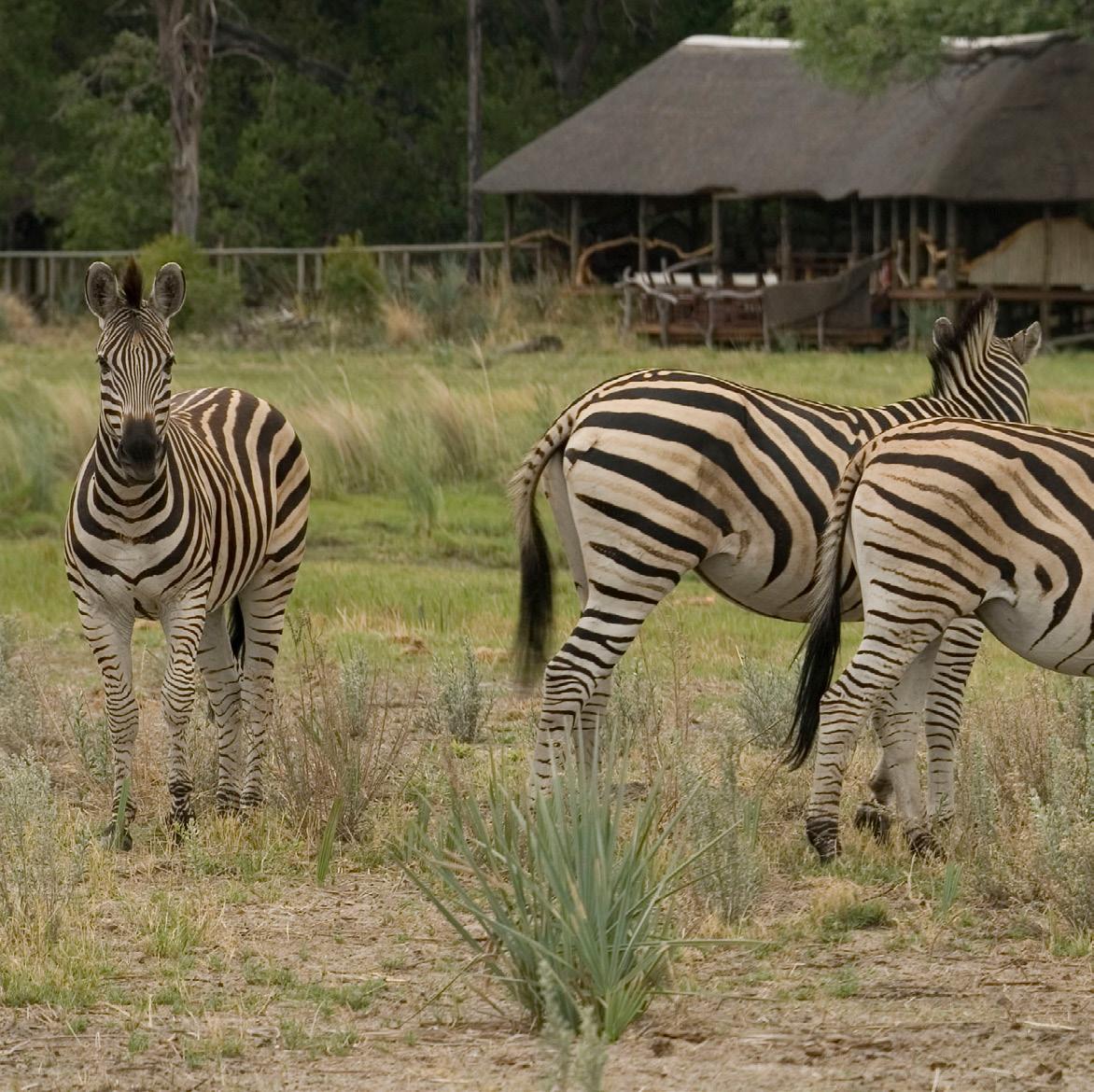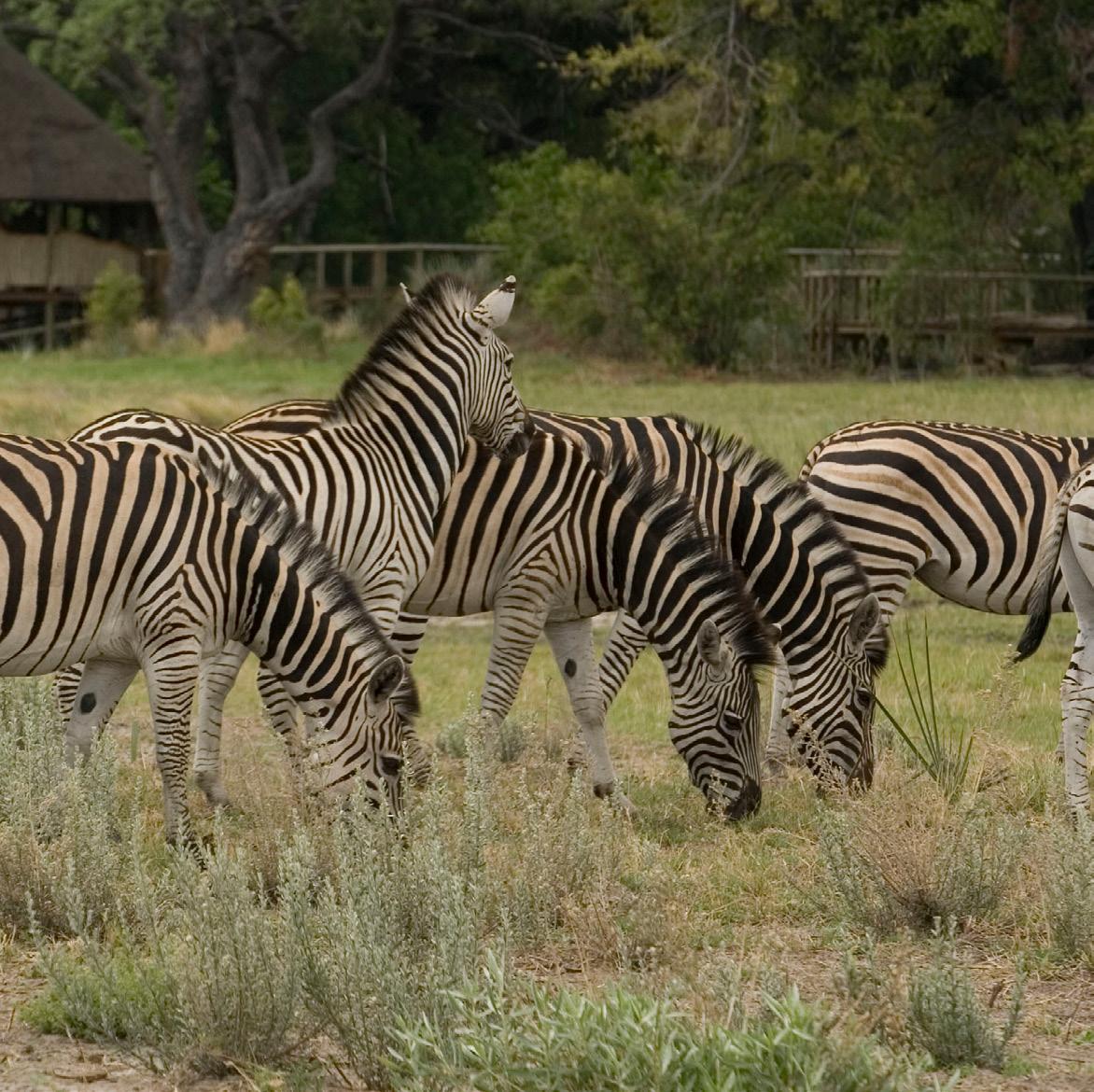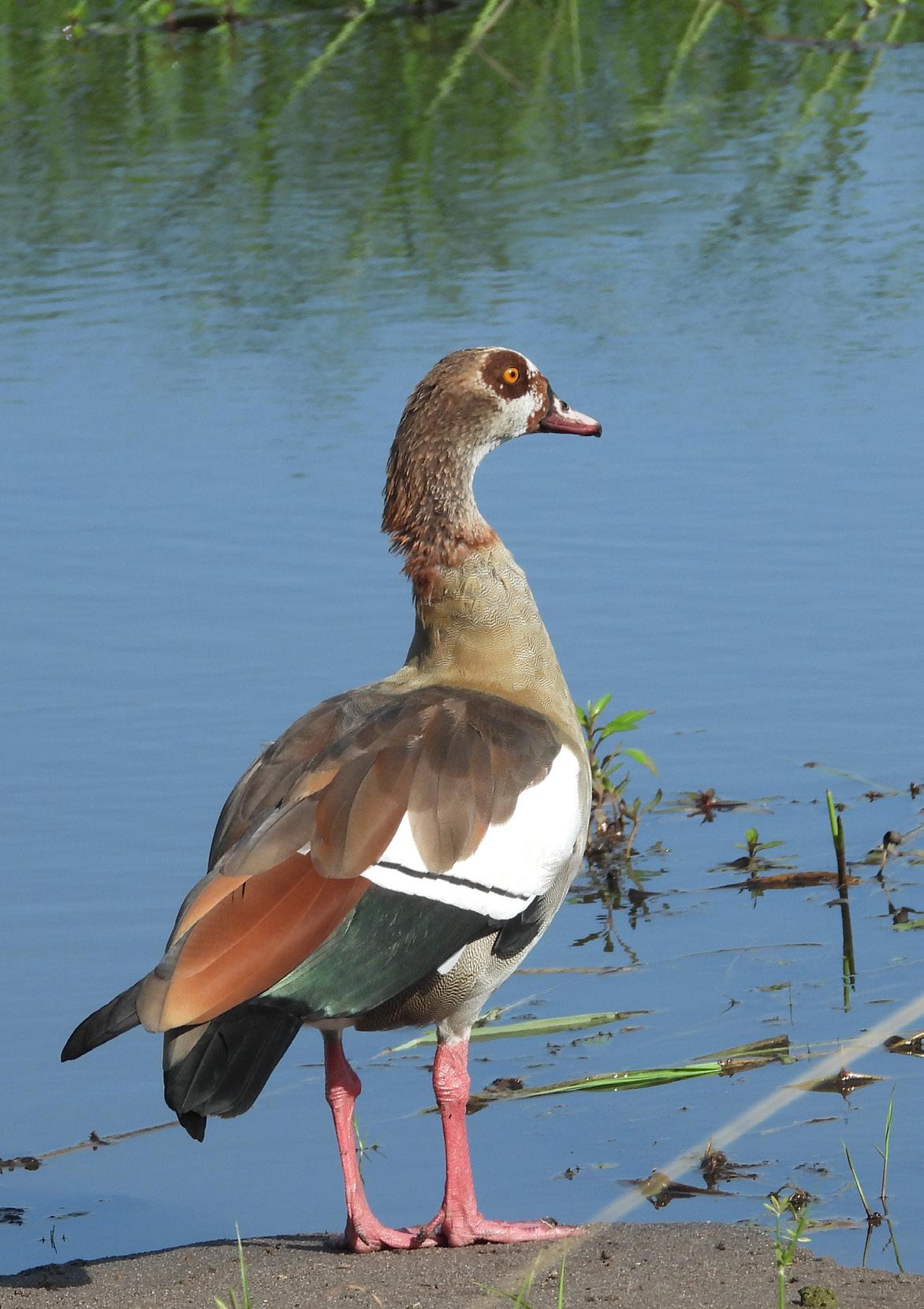
3 minute read
Guidelines for Keeping Game in Field (Masimo
CONTENT
INTRODUCTION 4 BACKGROUND 5 OBJECTIVES 7 ELIGIBILITY 7 REQUIREMENTS TO PREPARE A PROJECT PROPOSAL 7 A: Land 7 B: Start – Up 8 C: Management process 10 D: Capture methods 12 E: Training and mentoring 13 F: Cropping and Culling 14 G: Fence maintenance and Safety 13 H: Range Management 14 I: Disease management 14 J: Marketing 15 K: Ecotourism 15 L: Employment & Security 15 ASSESSMENT AND APPROVAL 17 REVIEW OF THESE GUIDELINES 17
Advertisement
APPENDIX 1 18
APPENDIX 2 22
APPENDIX 3
REFERENCES 23
26
INTRODUCTION
TThe Wildlife Conservation and National Parks Act Cap. 38:08 of 1992 recognises two forms of rearing wildlife and these are game ranching and game farming with the former being the commonly practiced. Availability of land of some particular size has been the most guiding principle to have a game ranch. All the other requirements are set out in the Game Ranching Policy developed in 2002. Many Batswana have shown interest in venturing into game ranching. However, the main challenge has been the requirements as stipulated in the Policy and exorbitant monetary costs associated with the enterprise especially at start – up. A lot of aspiring low income interested parties have therefore been left out. Many Batswana throughout the country have ploughing fields and in most cases, the harvest generated from these is not always economically rewarding. It has therefore been realised that apportioning parts of a single farm into different uses can improve returns if well implemented. This has created an opportunity of having wildlife as part of the integration and hence, motivation for these guidelines.
BACKGROUND

The Department of Wildlife and National Parks (DWNP) recognises the importance of diversifying the economy of Botswana through rearing of wildlife as commonly practiced in game ranches. This is guided by the Game Ranching Policy of 2002. The requirements for a game ranch as set out in the Policy document seem to have been achieved by a few individuals despite many Batswana wanting to have game in their property for different purposes. In Botswana, game ranching has, and is still dependent on land availability which normally requires a large chunk of land as most ranchers venture into the practice mainly for high economic benefits. The associated costs for developing and stocking a game ranch to required standards are quite high and therefore afforded by a few. Game farming as enshrined in the policy has not been explored. The game farming enterprise has the potential to be more inclusive of the bigger part of the society. It has since emerged that there are economic benefits that can be realised from inclusion of wildlife in the diversification of the land allocated commonly known as integrated farming. Many Batswana have shown interest in this economic diversification approach which has not been adequately rolled out for implementation as provided for in the Game Ranching Policy. This document intends to address and close this gap.

OBJECTIVES
The overarching objective of these Guidelines is to provide to aspiring citizens of Botswana an opportunity to have wildlife as part of production in their land. The specific objective of these Guidelines is to facilitate the keeping of wild animals or game in small agricultural land holdings.
ELIGIBILITY
Every citizen of Botswana (Individual, Companies, Trusts, Civil Societies, Churches or Interested groups) with registered land and has an intention to keep game animals on it shall be eligible to have game as part of their production in a field. Interested individuals will be expected to make an application to the Director of Wildlife and National Parks accompanied by a project proposal, documenting the intentions of the applicant. Game keeping will significantly contribute to sustainable utilization of wildlife, economic growth, creating employment to the local communities and changing their livelihoods.
REQUIREMENTS TO PREPARE A PROJECT PROPOSAL
The following parameters must be covered in the project proposal; A: Land
Individuals wishing to rear wildlife in their field/masimo should demonstrate that they are legal occupants of the land. They should also provide proof that they have been granted permission to keep wildlife on their property. If the applicant has already submitted application for land to land authorities, proof of submission of such can be submitted along with application to rear game (N.B: Assessment of the proposal will be carried out but the assessment of the piece of land will only be done upon allocation of the land by the relevant land authority.


